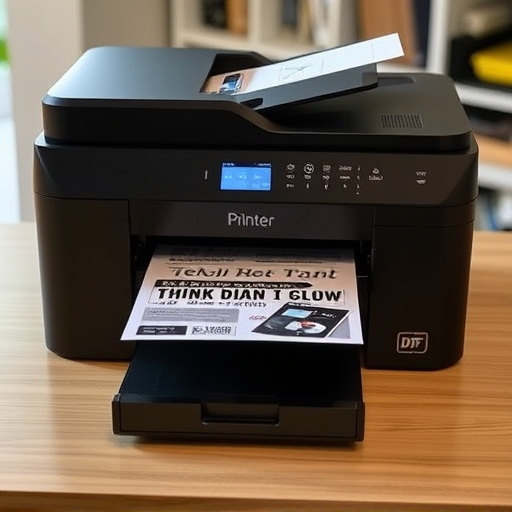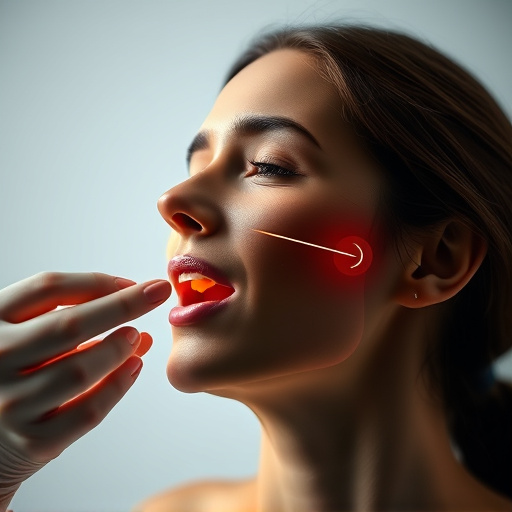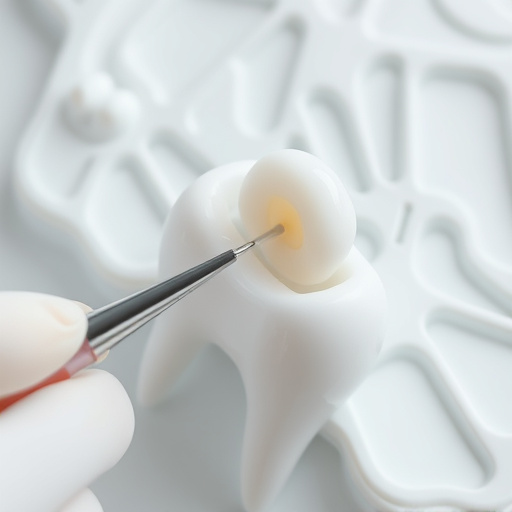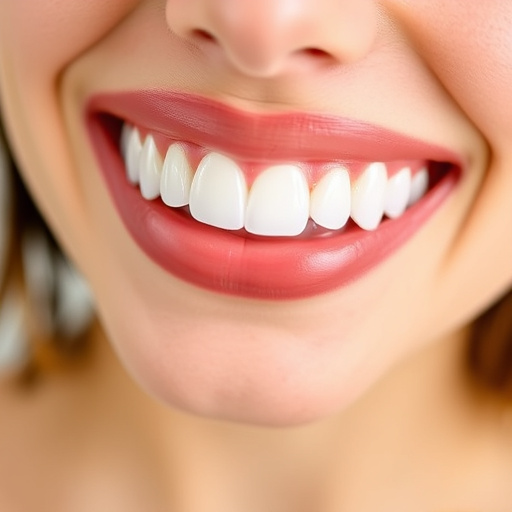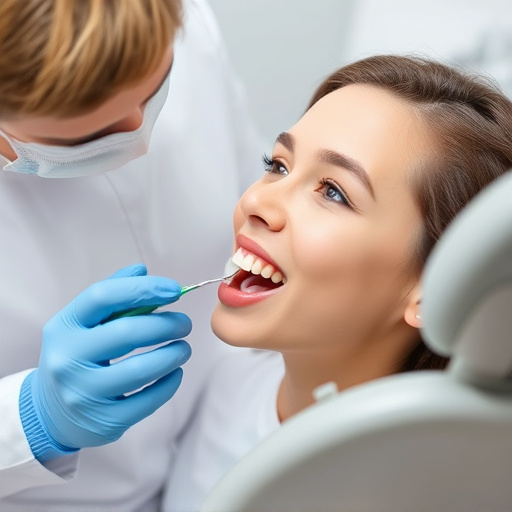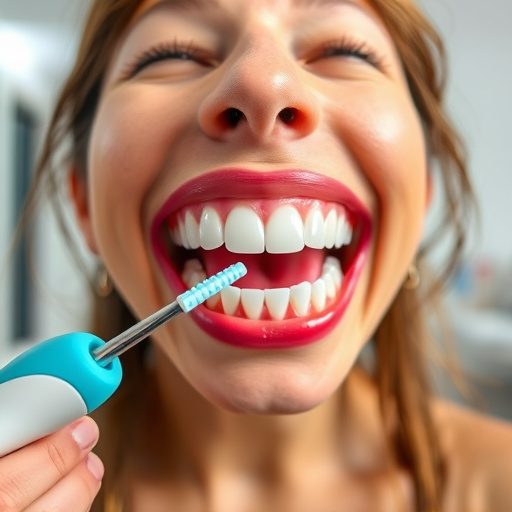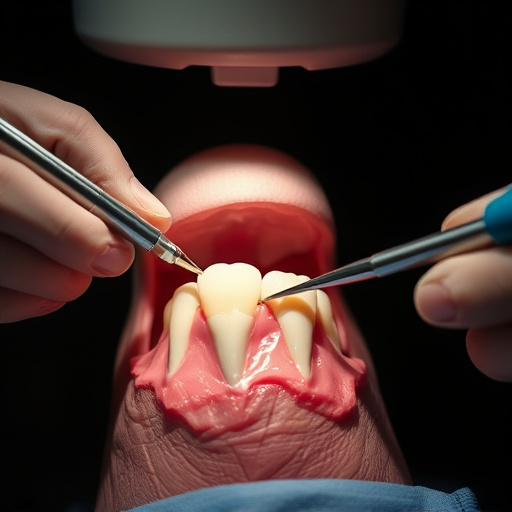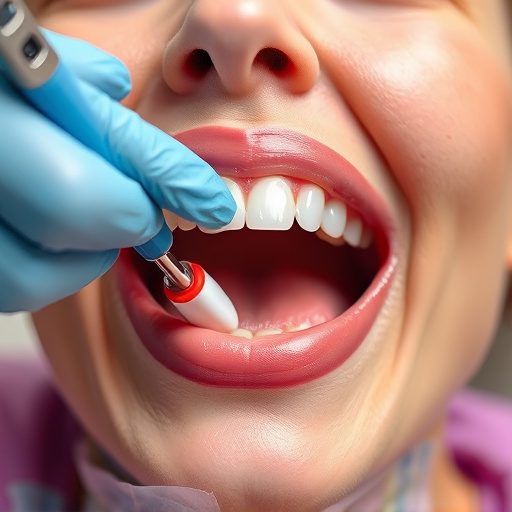Laser dentistry treatment revolutionizes modern dental care with precise, minimally invasive procedures that utilize focused light beams to interact with dental tissues, offering enhanced accuracy and efficiency compared to traditional methods. It preserves healthy tooth structure, minimizes collateral damage, reduces post-operative discomfort, and expedites healing times, promoting overall oral health. Precision and reduced infection risk are key benefits, eliminating the need for sharp instruments and promoting faster healing with decreased discomfort. Proper post-care, including medication, mouth rinses, good oral hygiene, hydration, and regular check-ups, is crucial for optimal healing and minimizing infection risk after laser dentistry treatment.
Discover the future of dental care with laser dentistry treatment, a revolutionary approach that offers precise, efficient, and safe procedures. This cutting-edge technology minimizes infection risks, making it an increasingly popular choice for many dental practices. In this article, we’ll explore the benefits of laser dentistry, delve into strategies to reduce infection during treatments, and provide post-care guidance for optimal recovery.
- Understanding Laser Dentistry and Its Benefits
- Minimizing Infection Risk in Laser Dental Treatments
- Post-Treatment Care and Recovery Tips
Understanding Laser Dentistry and Its Benefits
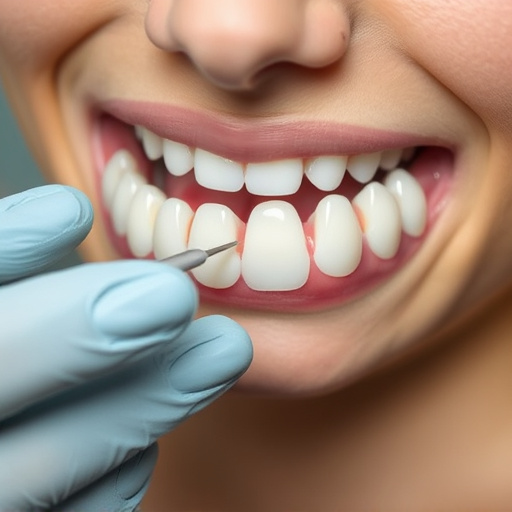
Laser dentistry treatment has emerged as a revolutionary approach in modern dental care, offering precise and minimally invasive procedures. This advanced technology utilizes focused light beams to interact with various dental tissues, enabling dentists to perform a range of treatments with enhanced accuracy and efficiency. By employing lasers, dentists can now offer more comfortable and faster alternatives for traditional methods like wisdom tooth removal and tooth extractions, while significantly reducing the infection risk associated with certain procedures.
One of the key advantages of laser dentistry is its ability to preserve healthy tooth structure during procedures such as routine oral exams and other soft tissue manipulations. Lasers can precisely cut or vaporize tissues, minimizing collateral damage and reducing post-operative discomfort and healing times. This innovative approach not only enhances patient experience but also promotes overall oral health by maintaining the integrity of teeth and gums.
Minimizing Infection Risk in Laser Dental Treatments
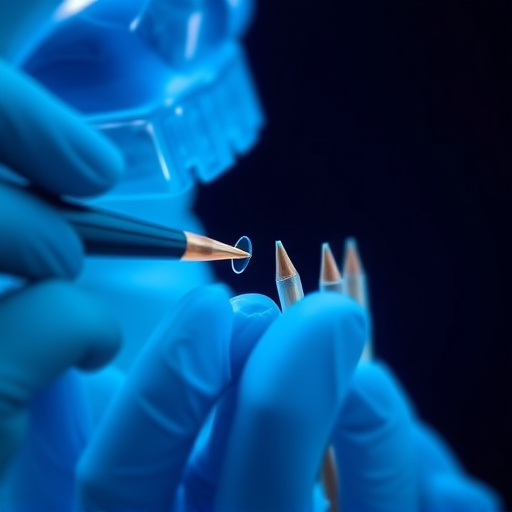
In the realm of laser dentistry treatment, minimizing infection risk is paramount. Unlike traditional dental procedures, lasers offer precise, minimally invasive options for various treatments, including children’s dentistry and wisdom tooth removal. This advanced technology utilizes concentrated light beams to cut or vaporize soft and hard tissues, reducing the need for sharp instruments that can introduce bacteria.
Moreover, laser dentistry treatment promotes faster healing and reduced post-operative discomfort in both general dentistry and specialized procedures. The key lies in the sterile environment maintained during these treatments—lasers are designed to kill microorganisms instantly, further minimizing the chances of infection. This innovative approach ensures safety, offering patients an effective alternative with less risk compared to conventional dental practices.
Post-Treatment Care and Recovery Tips
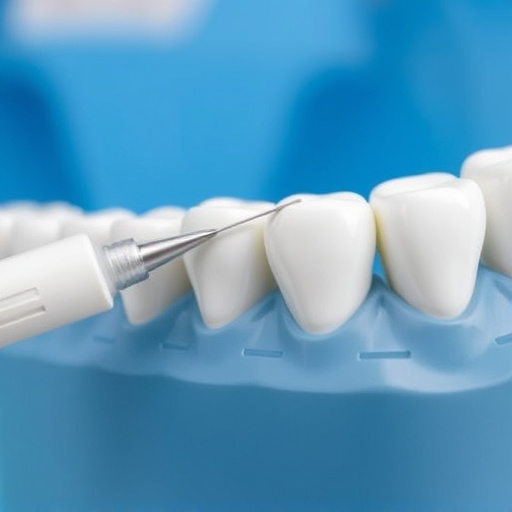
After a laser dentistry treatment, proper post-care is essential to ensure optimal healing and minimize infection risk. Patients should adhere to their dentist’s instructions regarding medication and mouth rinses, especially those prescribed for pain relief and to prevent inflammation. It’s crucial to maintain excellent oral hygiene throughout the recovery period by gently brushing and flossing regularly, avoiding harsh scraping motions near the treated area. Staying hydrated is also vital, as adequate water intake aids in the healing process.
During the initial days after treatment, avoid hot or cold foods and beverages that might cause discomfort. Stick to soft foods and warm (not hot) drinks. Refrain from smoking and using tobacco products, as these can impair healing and increase infection chances. Regular check-ups with your dentist are crucial to monitor the healing process and address any concerns promptly. For cosmetic dentistry procedures or those involving dental crowns, special care may be required to preserve the aesthetics and functionality of the restored teeth. General dentistry practices often emphasize preventive care, but after specific laser treatments, it becomes even more critical to follow up with routine visits for continued oral health.
Laser dentistry treatment offers a precise, safe, and effective approach to oral care. By understanding its benefits and implementing rigorous infection control measures, such as sterile instruments, proper patient preparation, and adherence to protocol, dentists can minimize risks significantly. Post-treatment care is crucial for optimal healing, ensuring patients receive clear instructions for recovery. With the right precautions, laser dentistry can revolutionize dental procedures while maintaining a high standard of patient safety.

